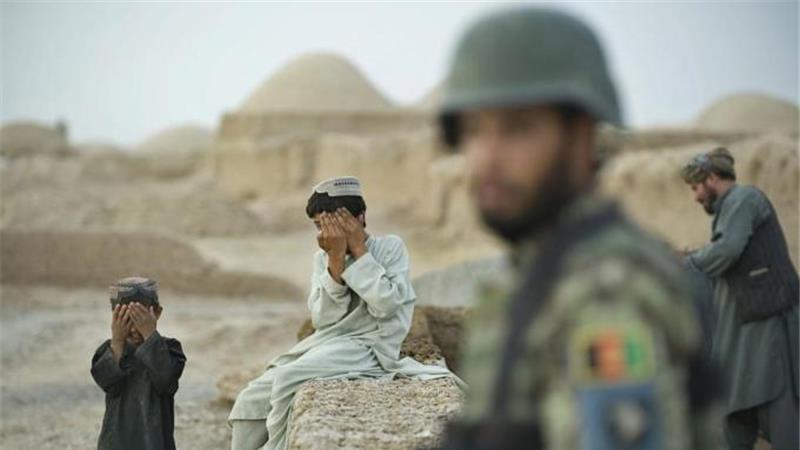So far in 2012, NATO forces have seen a 45% increase in “insider attacks” against coalition forces by their Afghan security counterparts, accounting for more than 18% of the total 2012 NATO casualties. Beyond the loss of life, these attacks have had a devastating impact on the trust and cooperation between NATO and Afghan forces, threatening the integrity of the overall mission, including the coalition’s plans to withdraw from Afghanistan by 2014. Earlier this month, NATO suspended joint operations with the Afghan forces and ordered their personnel to carry loaded weapons at all times.
Who are the perpetrators of these attacks? Typically, average Afghan soldiers who joined the security forces in “good faith,” hoping to serve their country, earn a stable paycheck, etc. NATO estimates that only 25% of these “green on blue” attacks are the result of Taliban infiltration or co-option of Afghan security forces. What can we say of the other 75%? Their good intentions are precisely the cause of their angst.
Their uniforms, initially a source of personal and national pride, also identify these soldiers as being on the “same team” as the drones, as Karzai and his corrupt and unpopular government, etc. These Afghan forces find themselves fighting primarily against their own countrymen, side-by-side with U.S. forces who often harbor orientalist, racist or anti-Islamic sentiments (although at times they are merely culturally ignorant/ insensitive). These forces have also committed a host of atrocities, war-crimes, and sacrilegious acts in Afghanistan over the last decade, many of which have gone essentially unpunished. While these crimes by American forces are largely glossed over in U.S. media as rare “bad-apples” or cases of PTSD (if they are covered, at all), they are disturbingly ubiquitous and are ever-present in the Afghan consciousness.
The nature of the “insider attacks” is very telling: there is no apparent tactical intent— the shooters simply target any and all coalition forces within range. There is no attempt to prioritize “high-value” targets, to interrupt delicate missions or to destroy critical infrastructure. The acts are totally nihilistic; the perpetrators want to die— in fact, that is virtually all they want. Shooting the NATO forces is a symbolic means of shooting themselves, of targeting that aspect of their identity represented by their uniforms through an action which negates the impulses which led them to enlist (nationalism, a sense of self-worth or identity, the desire to provide for and protect their loved ones, etc.). And their symbolic suicide typically and appropriately culminates in their actual death through coalition retaliatory fire.
What can be done to reduce these incidents? Coalition forces cannot create any kind of deterrence strategy, as the perpetrators want to die. They cannot remove the motivations for their death-wish, either: they do not have the time or resources to cease drone strikes, purge domestic corruption, or dramatically change the culture/composition of the U.S. forces. It will be challenging enough to build the necessary force-levels, infrastructure, etc. by 2014 while maintaining pressure on the Taliban. Similarly, NATO does not have the ability to eliminate collateral damage or rogue atrocities, as these are simply realities of war.
From a tactical point of view, the United States is essentially in a Catch-22: the only solution to this problem is to pull coalition forces out of Afghanistan. However, they must first ensure the Afghan forces can provide some measure of stability after said withdrawal. In order to accomplish this, they will need to recruit even more of the local population into the coalition forces. However, as many of these “average Afghans” will be ill-equipped to deal with the aforementioned identity conflicts, we should expect “insider attacks” to become increasingly prevalent (the purer the motivations of these recruits, the more prone they will be to disillusionment/nihilism). This will further erode trust and confidence between the NATO and Afghan forces, interfering with the coalition’s ability to properly train these new forces they are recruiting. And so, the situation may perpetuate itself ad infinitum, or the coalition may be forced to abruptly abort the mission in Afghanistan, essentially handing the country back to the Taliban.

